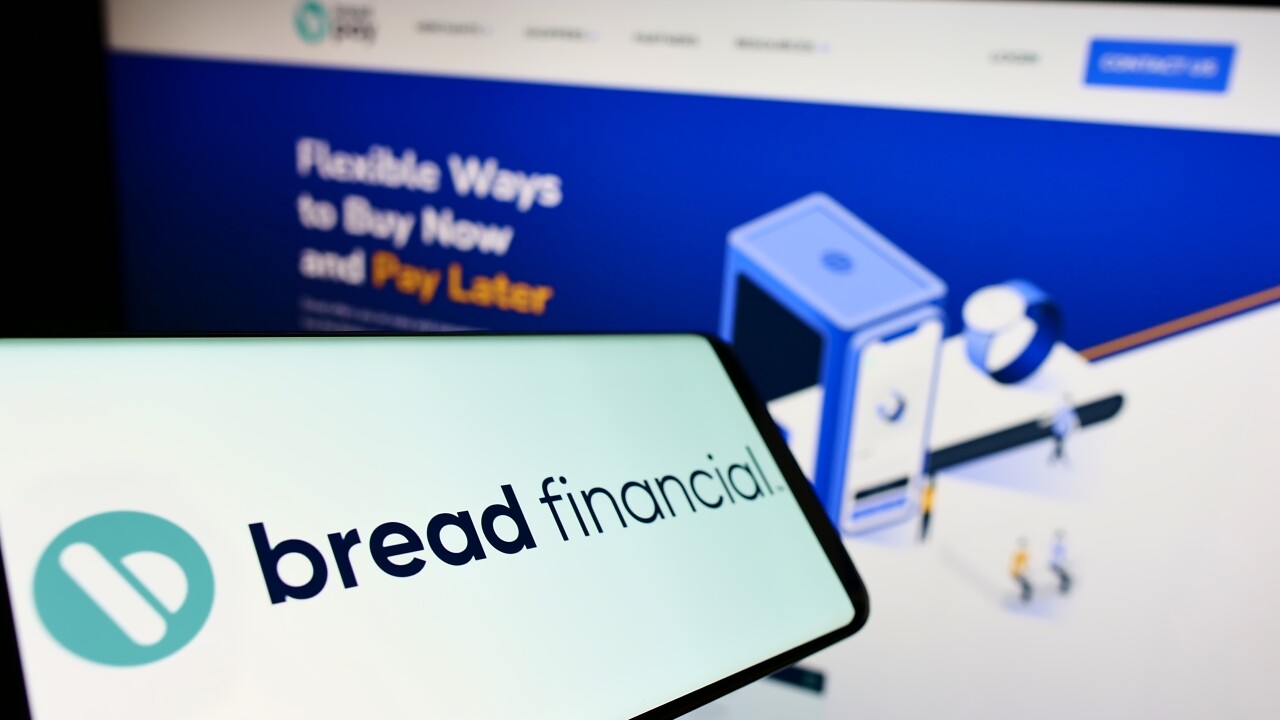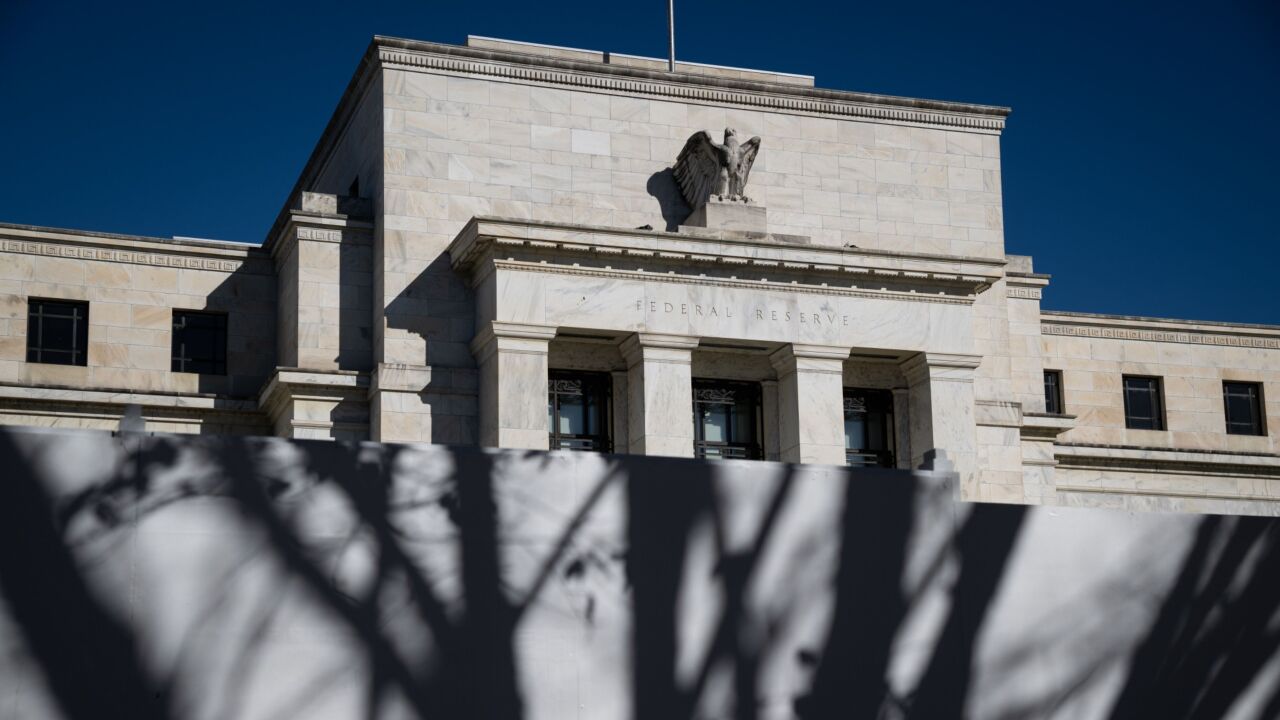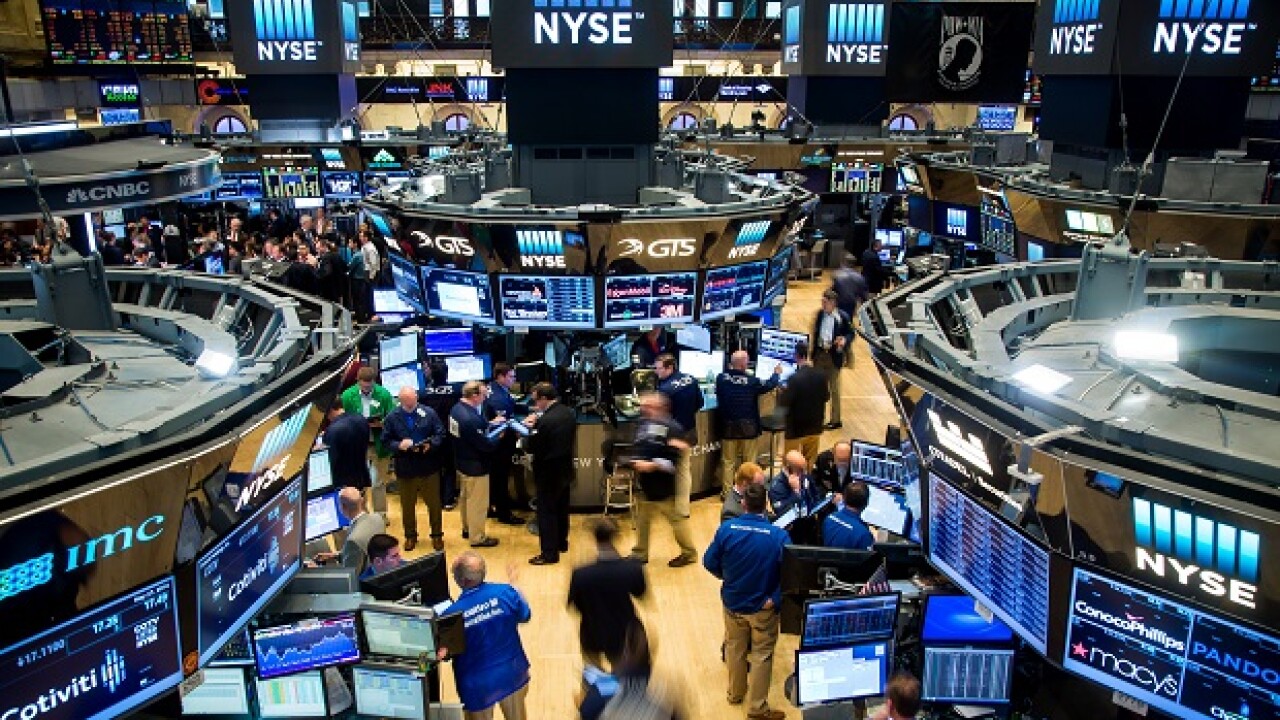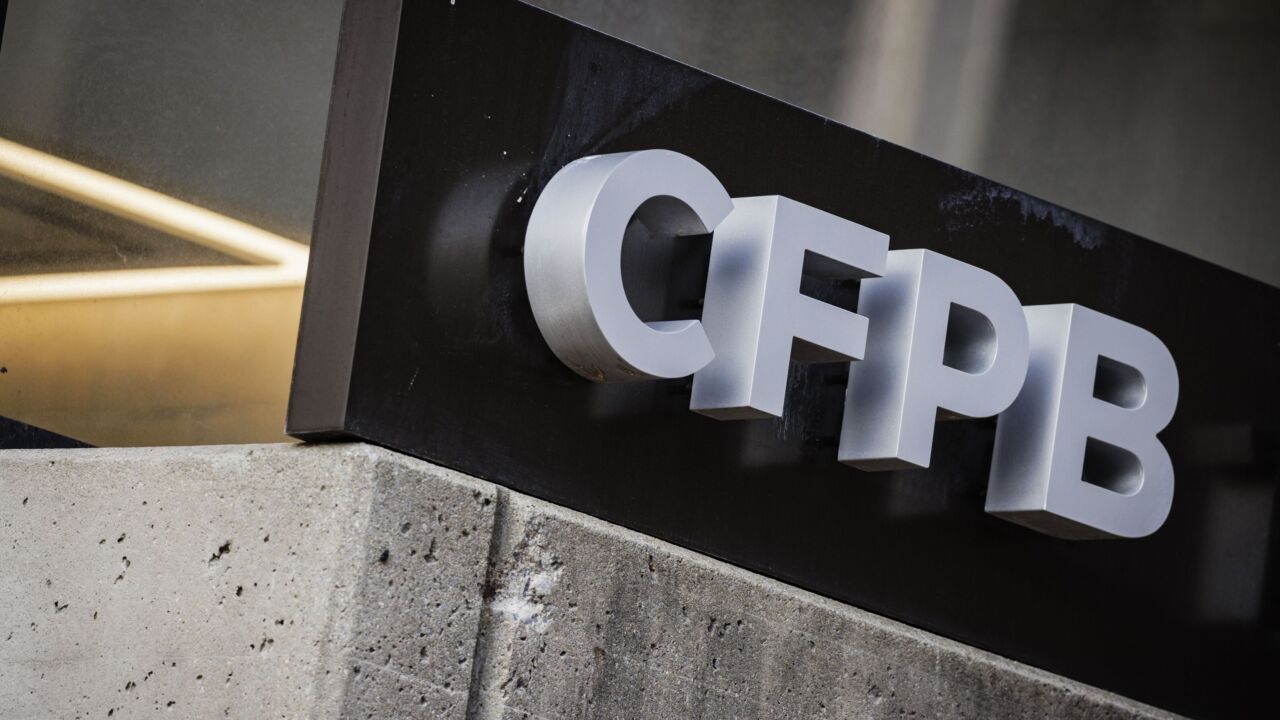-
The credit card issuer's earnings missed Wall Street estimates, but it reported improvement in sales, delinquencies and charge-offs. Management said unclear political direction and cloudy monetary policy could threaten an already conservative outlook for 2025.
January 30 -
The nation's central bank held interest rates steady in its first decision of the year.
January 29 -
Synchrony Financial's fourth-quarter earnings results missed analysts' forecasts and investors pummeled the stock due to a jump in charge-offs.
January 28 -
The auto lender is selling its credit card business and halting new mortgage loans, abandoning its once-broader ambitions. Ally CEO touted the move as "the power of focus."
January 22 -
CEO Richard Fairbank told analysts executives have their "microscopes" out for any signs of trouble, but consumers remain "in a great place."
January 22 -
The Consumer Financial Protection Bureau said American Honda Finance Corp. inaccurately reported 300,000 borrowers as delinquent who had paused loan payments during the pandemic.
January 17 -
Equifax agreed to resolve allegations that it failed to conduct proper investigations of consumer disputes, ignored evidence and allowed previously deleted inaccuracies to be reinstated on credit reports. The credit reporting bureau also shared inaccurate credit scores and data about consumers with lenders.
January 17 -
The Labor Department estimates the economy added 256,000 jobs in December, indicating a resilient economy and labor market. For the Federal Reserve, which was already signaling a slowdown in rate cuts, the reading could justify holding rates steady.
January 10 -
The financial data firm Intercontinental Exchange is buying the firm that runs the Ameribor interest rate benchmark, which some community and regional banks back as a LIBOR alternative.
January 8 -
Two trade groups filed a lawsuit against the Consumer Financial Protection Bureau claiming it exceeded its authority and ignored the legislative history on medical debts.
January 8









